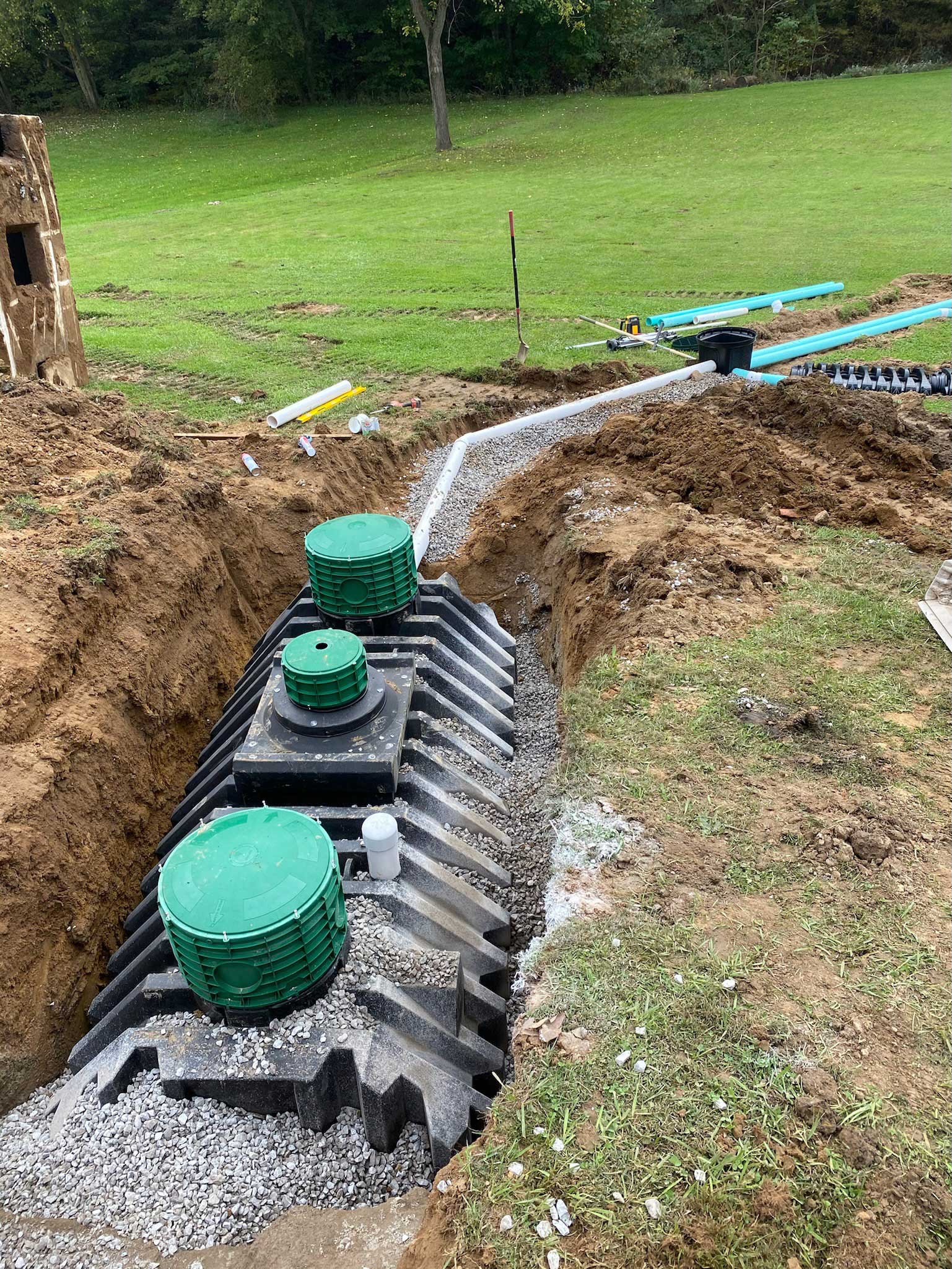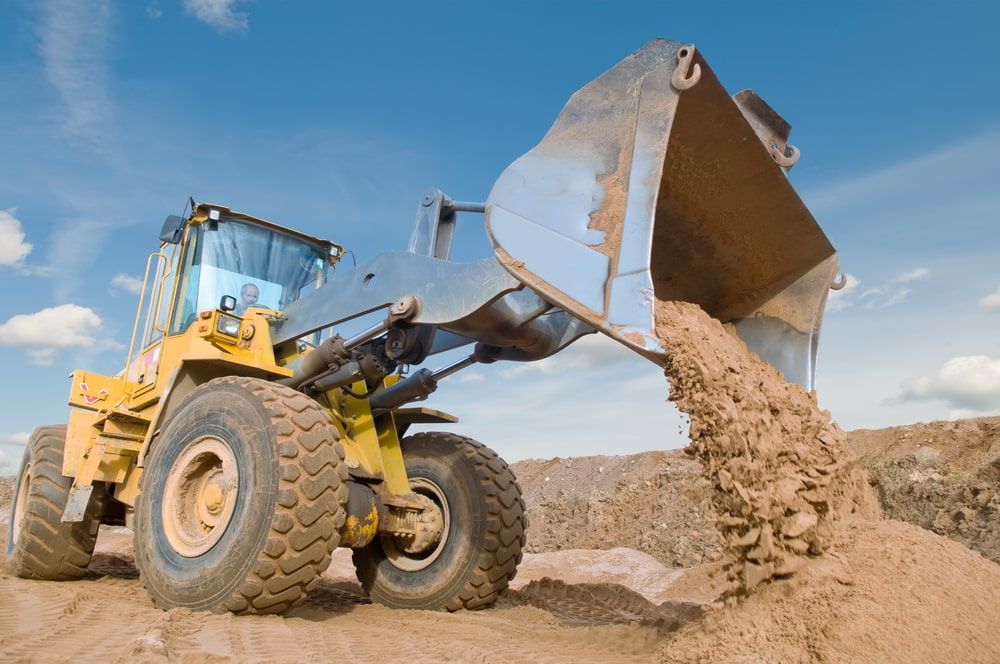Lancaster Trenching - Expert Trenching Solutions in Lancaster, Ohio
Lancaster Trenching - Expert Trenching Solutions in Lancaster, Ohio
Blog Article
Comprehensive Expedition: The Science Behind Superior Excavation Practices
From old hand tools to contemporary hydraulic excavators, the evolution of excavation techniques has been a testimony to human resourcefulness and technical developments. What really establishes exceptional excavation techniques apart is a deep understanding of geological concepts, coupled with the application of sophisticated devices and approaches.
Development of Excavation Techniques
Throughout background, the evolution of excavation strategies has actually played a critical duty in advancing construction techniques and archaeological discoveries. From the fundamental tools used by our forefathers to the advanced machinery utilized in modern times, the progression of excavation approaches has dramatically transformed exactly how we approach various jobs.
In old times, manual labor with basic tools such as shovels, pickaxes, and wheelbarrows was the primary approach of excavation. This labor-intensive process restricted the depth and extent of excavations, typically resulting in sluggish progression and limited access to particular sites. Nevertheless, as civilizations progressed, so did the methods and devices used for excavation.
The Industrial Change noted a transforming factor in excavation practices with the introduction of steam-powered machinery. In contemporary times, technology plays a critical function in excavation, with improvements like General practitioner systems, drones, and 3D scanning improving precision and effectiveness in the area.
Duty of Modern Technology in Excavation

The integration of advanced modern technology has basically revolutionized the field of excavation, enhancing precision and efficiency to unprecedented levels - dump truck companies in ohio. One of the key technical innovations that has actually considerably influenced excavation methods is the application of GPS systems.
In addition, the introduction of 3D modeling and simulation software program has streamlined the planning procedure for excavation tasks. Drivers and engineers can currently envision the entire excavation process prior to breaking ground, maximizing and identifying prospective obstacles workflow. Together with this, the application of drones in excavation tasks has actually facilitated aerial surveys, volumetric dimensions, and website evaluations with unrivaled rate and precision.
Geological Principles in Excavation
An understanding of geological concepts is crucial for ensuring the structural stability and security of excavation websites. Geological variables play an essential function in identifying the expediency and safety and security of excavation tasks (lancaster trenching). One crucial geological concept to take into consideration is the sort of dirt or rock present at the site. Different dirt types, such as clay, crushed rock, or sand, have varying degrees of security and call for different excavation techniques. As an example, cohesive soils like clay might need additional support to avoid collapses, while sandy soils may be prone to erosion throughout excavation.
Furthermore, the geological structure of the area, consisting of faults, cracks, and rock developments, must be very carefully evaluated to identify possible risks and challenges. Digging deep into near geological fault or unstable rock developments can result in instability and possible risks. By find out here performing detailed geological surveys and evaluation, engineers and excavators can develop methods to mitigate dangers and ensure the effective conclusion of excavation projects. Inevitably, integrating geological concepts into excavation techniques is essential for attaining secure, efficient, and lasting results.

Latest Tools for Excavation
In the realm of excavation practices, modern technologies in devices have transformed the efficiency and accuracy of excavation processes. These drones can provide detailed airborne surveys of excavation sites, using real-time data on topography and potential threats.
Another cutting-edge device getting popularity is the implementation of 3D printing modern technology for producing customized excavation tools. This enables for the manufacturing of specialized tools that are customized to the certain requirements of a task, increasing effectiveness and decreasing downtime.
Moreover, developments in materials scientific research have actually brought about the advancement of more powerful and a lot more try these out resilient excavation devices. lancaster excavation. Tungsten carbide-tipped excavator add-ons, for instance, deal premium performance in tough ground conditions, boosting efficiency on-site
Scientific research's Influence on Excavation Practices

Additionally, clinical research on dirt technicians and geotechnical design has given important understandings right into soil habits, permitting excavation experts to make enlightened decisions relating to excavation approaches and soil stabilization methods. On the whole, science continues to drive advancement and renovation in excavation practices, making excavation jobs a lot more reliable, cost-effective, and sustainable.

Final Thought
Finally, the evolution of excavation techniques has been greatly affected by innovations in modern technology and a much deeper understanding of geological principles. The newest tools and tools made use of in excavation have improved efficiency and accuracy in the area. The application of scientific expertise has actually substantially enhanced excavation techniques, bring about a lot more lasting and effective approaches for digging deep into different sorts of products.
In the realm of excavation methods, contemporary developments in tools have revolutionized the efficiency and precision of excavation procedures. By leveraging clinical concepts, the excavation market has been able to considerably improve efficiency, accuracy, and safety and security in excavation procedures. GPR permits excavation groups to non-invasively scan and map subsurface structures, energies, and possible dangers, enabling them to plan excavation projects with better accuracy and decreased risk of crashes.
In addition, scientific research on dirt auto mechanics and geotechnical engineering has actually supplied useful insights right into soil behavior, permitting excavation experts to make informed choices relating to excavation methods and dirt stabilization strategies. Generally, science proceeds to drive advancement and improvement in excavation techniques, making excavation jobs more reliable, affordable, and original site lasting.
Report this page